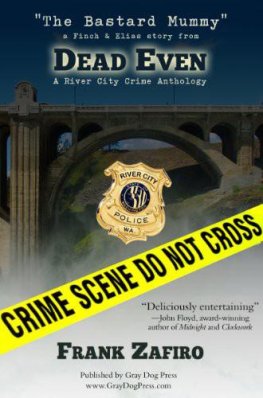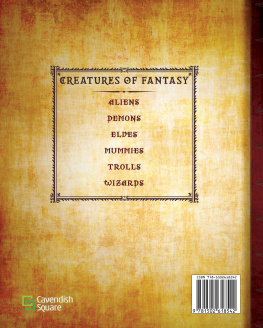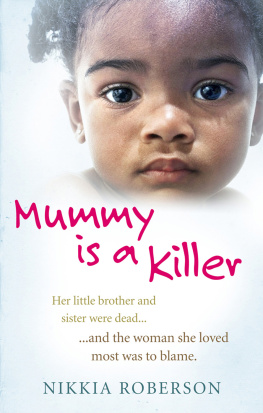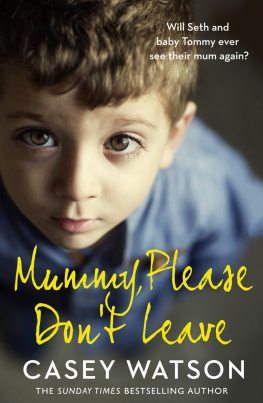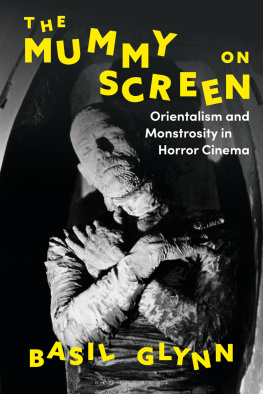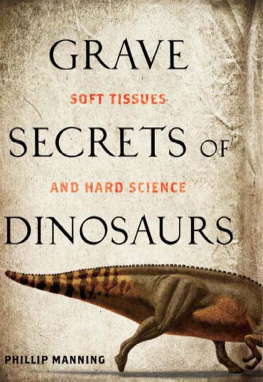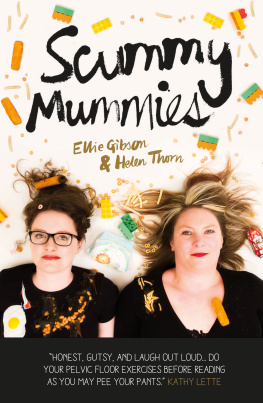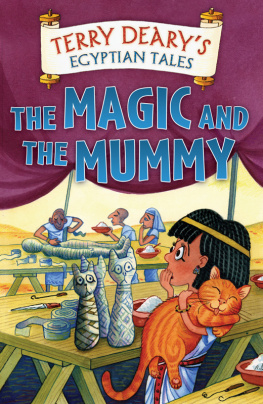The Bioarchaeology of Mummies
The modern manifestation of mummy studies began to take shape in the 1970s and has experienced significant growth during the last several decades, largely due to biomedical interest in soft tissue pathology. Although this points to a vibrant field, there are indications that we need to take stock of where it is today and how it may develop in the future, and this volume responds to those demands. In many ways, mummy studies and skeletal bioarchaeology are sister-disciplines, sharing data sources, methodologies, and practitioners. Given these close connections, this book considers whether paradigmatic shifts that influenced the development of the latter also impacted the former.
Whilst there are many available books discussing mummy research, most recent field-wide reviews adopt a biomedical perspective to explore a particular mummy or collection of mummies. The Bioarchaeology of Mummies is a unique attempt at a synthetic, state-of-the-field critical analysis which considers the field from an explicitly anthropological perspective.
This book is written for both skeletal bioarcheologists that may not be familiar with the scope of mummy research, and mummy researchers from biomedical fields that may not be as acquainted with current research trends within bioarchaeology.
Kenneth C. Nystrom is an Associate Professor in the Department of Anthropology at the State University of New York at New Paltz, USA. His research interests center on examining the interaction between biology and culture and how we can reconstruct behavior in the past by studying human remains.
First published 2019
by Routledge
52 Vanderbilt Avenue, New York, NY 10017
and by Routledge
2 Park Square, Milton Park, Abingdon, Oxon, OX14 4RN
Routledge is an imprint of the Taylor & Francis Group, an informa business
2019 Taylor & Francis
The right of Kenneth C. Nystrom to be identified as author of this work has been asserted by him in accordance with sections 77 and 78 of the Copyright, Designs and Patents Act 1988.
All rights reserved. No part of this book may be reprinted or reproduced or utilised in any form or by any electronic, mechanical, or other means, now known or hereafter invented, including photocopying and recording, or in any information storage or retrieval system, without permission in writing from the publishers.
Trademark notice: Product or corporate names may be trademarks or registered trademarks, and are used only for identification and explanation without intent to infringe.
Library of Congress Cataloging-in-Publication Data
Names: Nystrom, Ken, author.
Title: The bioarchaeology of mummies / Kenneth C. Nystrom.
Description: Abingdon, Oxon ; New York, NY : Routledge, 2018. | Includes bibliographical references and index.
Identifiers: LCCN 2018025835 | ISBN 9781611328387 (hardback : alk. paper) | ISBN 9781611328394 (pbk. : alk. paper) | ISBN 9780429842467 (web pdf) | ISBN 9780429842443 (mobi/kindle) | ISBN 9780429453359 (ebk.) | ISBN 9780429842450 (ePUB)
Subjects: LCSH: Mummies. | Forensic archaeology.
Classification: LCC GN293 .N97 2018 | DDC 599.9dc23
LC record available at https://lccn.loc.gov/2018025835
ISBN: 978-1-61132-838-7 (hbk)
ISBN: 978-1-61132-839-4 (pbk)
ISBN: 978-0-42945-335-9 (ebk)
Typeset in Bembo
by Apex CoVantage, LLC
Because bioarchaeology is all about context, I wanted to give the reader some background into how I came to write this book. I got into mummy studies due principally to the influence of two people: Dr. Arthur Aufderheide and Dr. Jane E. Buikstra. Dr. Aufderheide was a pathologist in the medical school and also an adjunct lecturer in the Department of Anthropology at the University of Minnesota Duluth where I went to school. In anthropology, he taught a small selection of courses including Introduction to Physical Anthropology. This was my first and only class in biological anthropology at the undergraduate level, but I was hooked. Although Dr. Aufderheide was not my official advisor, he helped guide me toward the career I have today, and he continued to offer advice and guidance until his death in 2013. Dr. Jane Buikstra was my dissertation advisor at the University of New Mexico. It was under her guidance that I came to learn and appreciate the full scope and potential of bioarchaeology.
My background in mummy studies began in South America when I started my dissertation on the Chachapoya from northern Peru. Although my research focused on skeletal remains, I had opportunities to examine some mummy bundles. During this time I was fortunate enough to meet and work with several significant figures within the field of mummy studies including Dra. Sonia Guilln, Dr. Bernardo Arriaza, and paleo-imagers Ronald Beckett and Jerry Conlogue. Based on these experiences I started attending the World Congresses on Mummy Studies. Although my research has broadened, and more commonly focuses on skeletal remains, my connection to mummy studies has continued. I teach courses on South American Bioarchaeology and Mummy Studies, and most recently, Ive become a member of the Andean Wing of the Horus Mummy Group that is evaluating the CT scans of fifty-one Peruvian mummies.
The inspiration for this book came from the realization that to date no single text discusses mummy studies from the perspective of bioarchaeology, one that both synthesizes and critiques the anthropological and biomedical aspects of the field. There are, of course, many books on mummies for both specialized (e.g., Graballe Man: An Iron Age Bog Body Revisited, Pauline Asignh and Neils Lynnerup 2007) and popular audiences (e.g., Ancient Ice Mummies, Dickson 2011; The World of Mummies, Zink 2014), but these do not provide the same integrative coverage that I attempt in this book. In fact, to my knowledge only one other mummy-orientated book adopts the bioarcheological perspective: the 2015 Egyptian Bioarchaeology volume edited by Salima Ikram, Jessica Kaiser, and Roxie Walker. In their preface to the authors note that full integration of bioarchaeological and Egyptological data is somewhat problematic, since scholars with a background in biology or anthropology are often isolated from the existing network of Egyptologists and archaeologists (Ikram et al. 2015b: 17). Although the authors are specifically referring to the relationship between disciplines that comprise Egyptology, their statement could be extended to the broader field of mummy studies.
The most comprehensive source on mummy research is Dr. Aufderheides The Scientific Study of Mummies (2003). Aufderheide (2003: xiii) wrote this about the general state of mummy studies:
In brief, mummified human and animal tissues have been shown to harbor a vast body of unique biomedical and bioanthropological information that laboratory workers can recover. Interest in (indeed, enthusiasm for) working in this area of investigation is already manifest. Were the infrastructure that characterizes most modern scientific disciplines available to it, research on mummified tissues could be expected to flourish. This publication is a very modest response to that defined need. It was conceived as an attempt to provide in a single volume much of what we now know about mummies.


